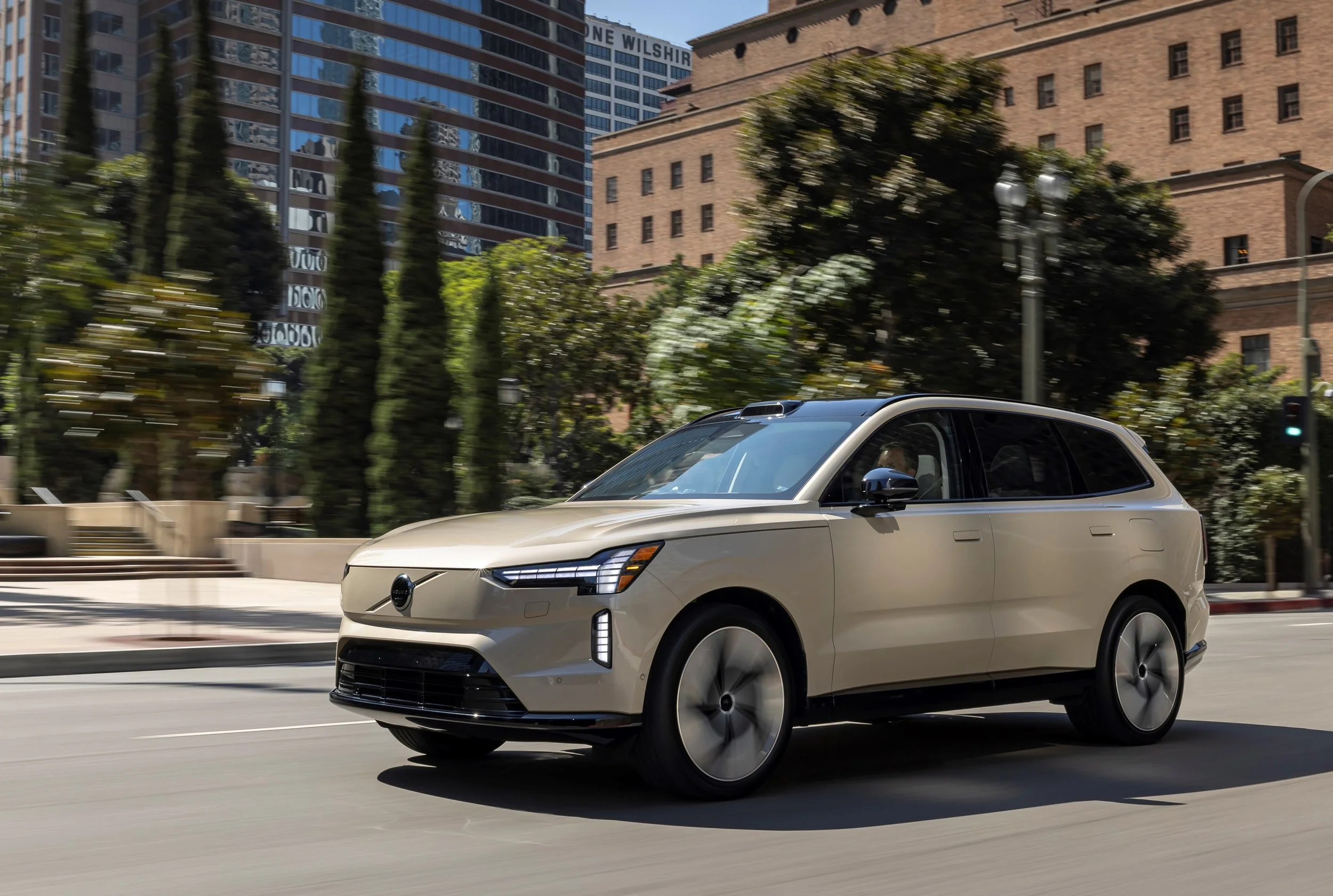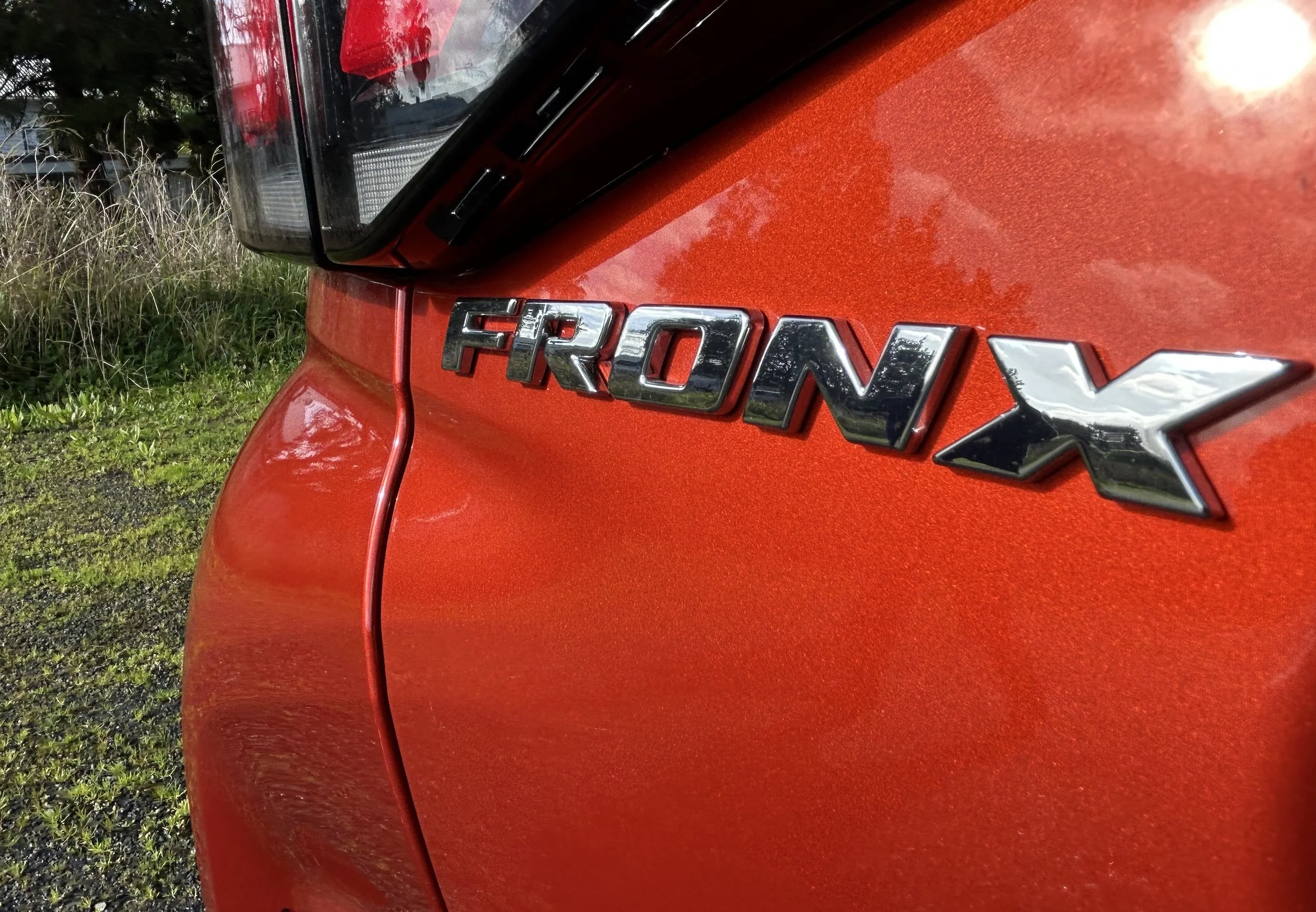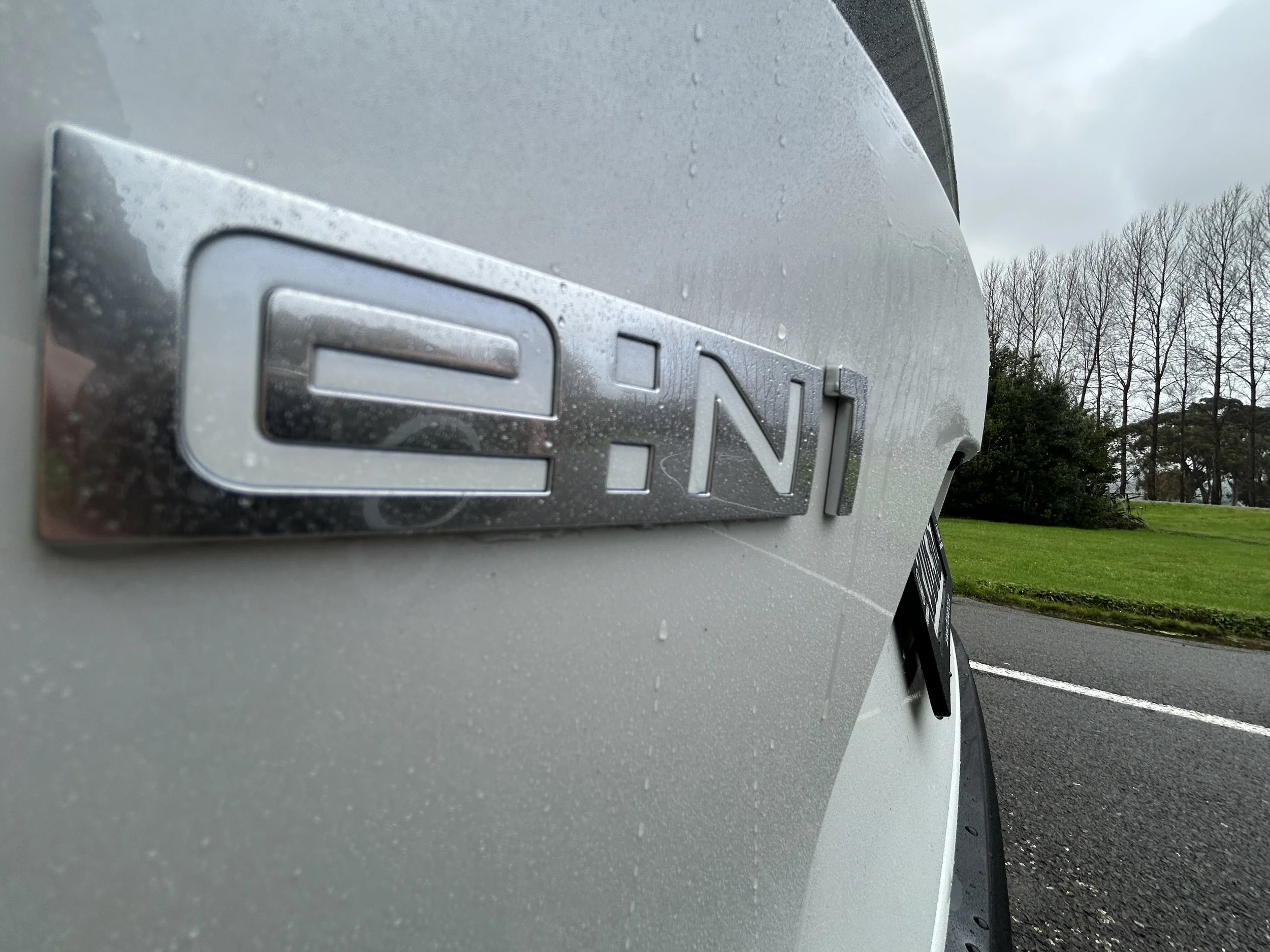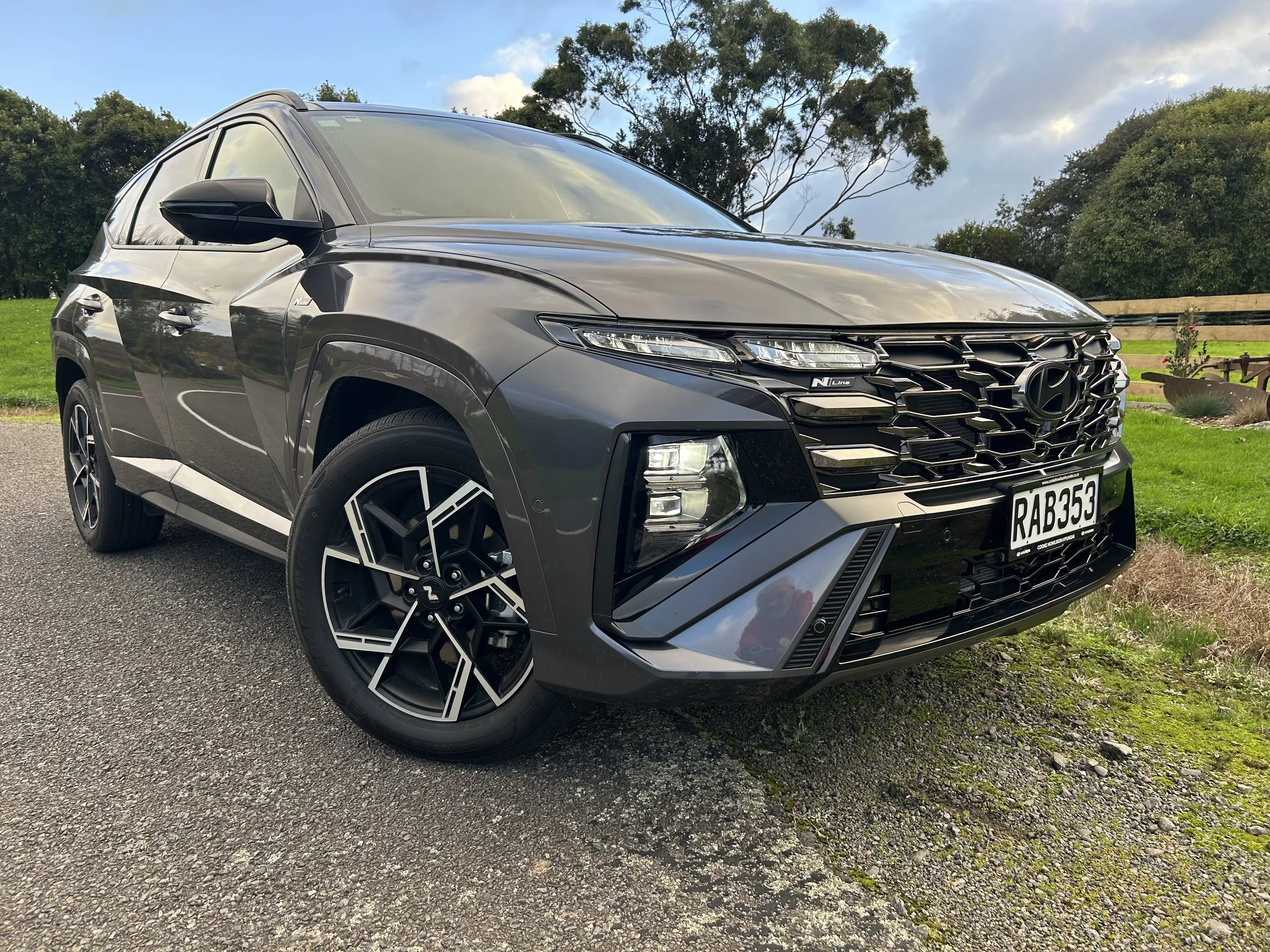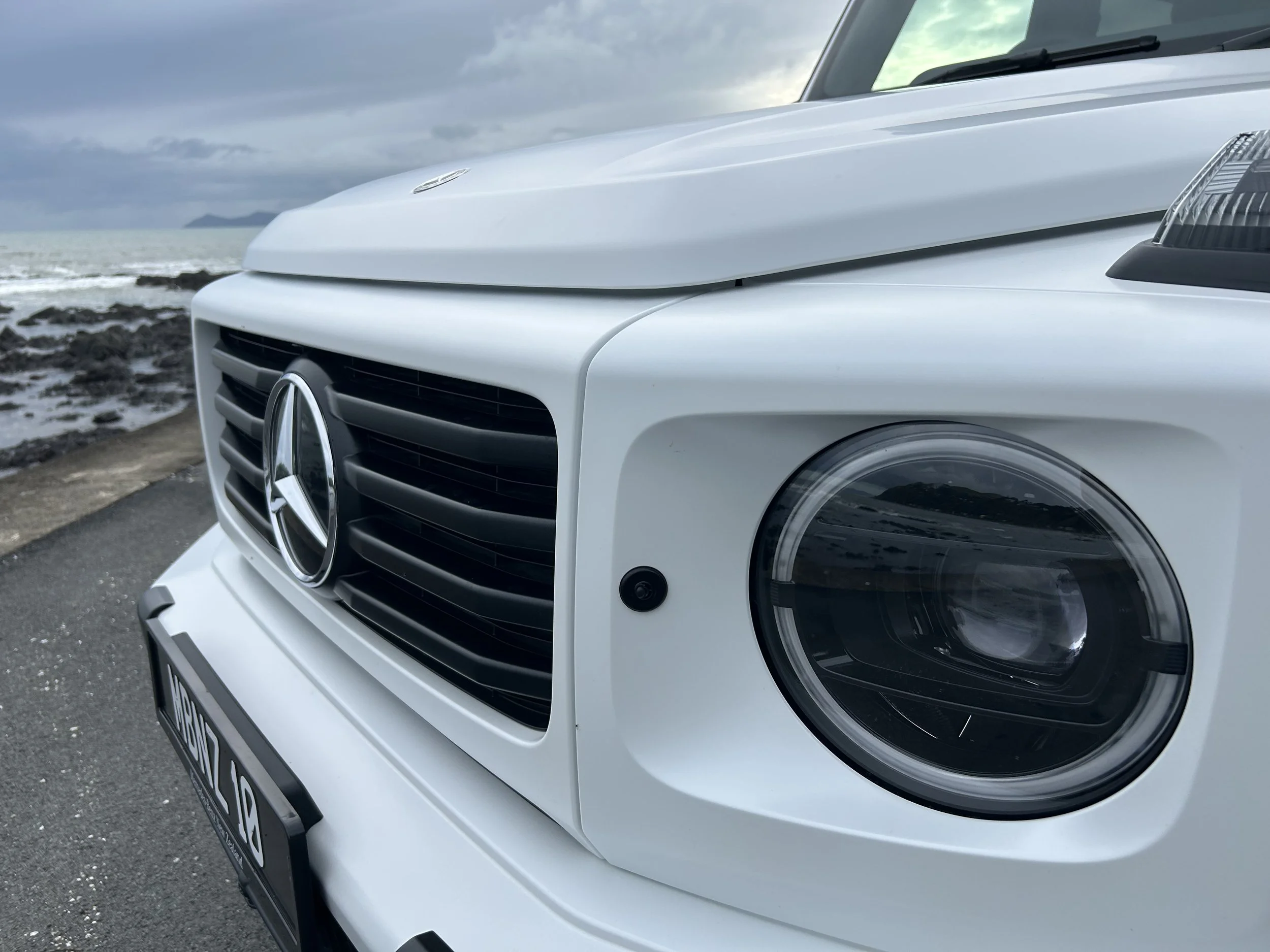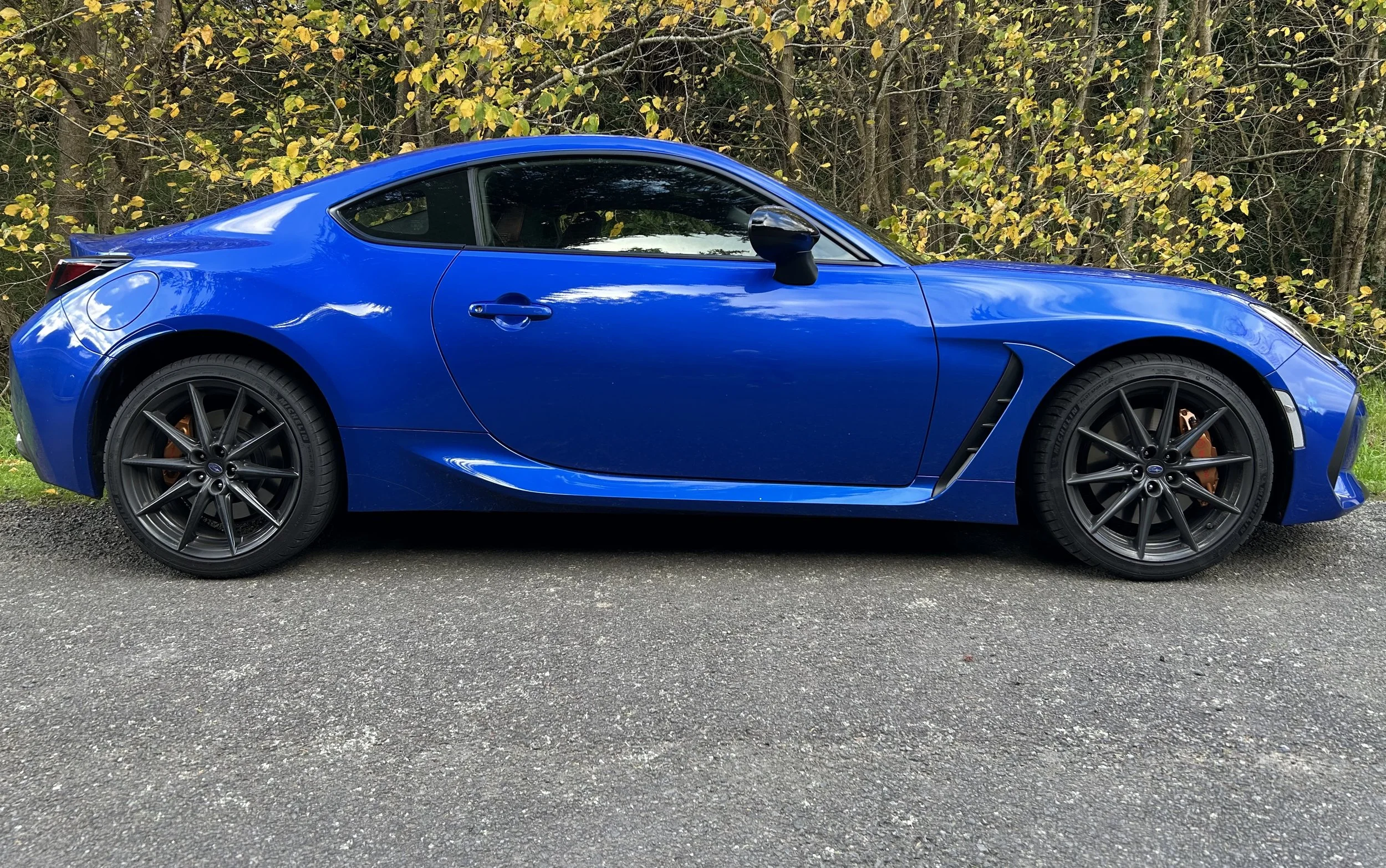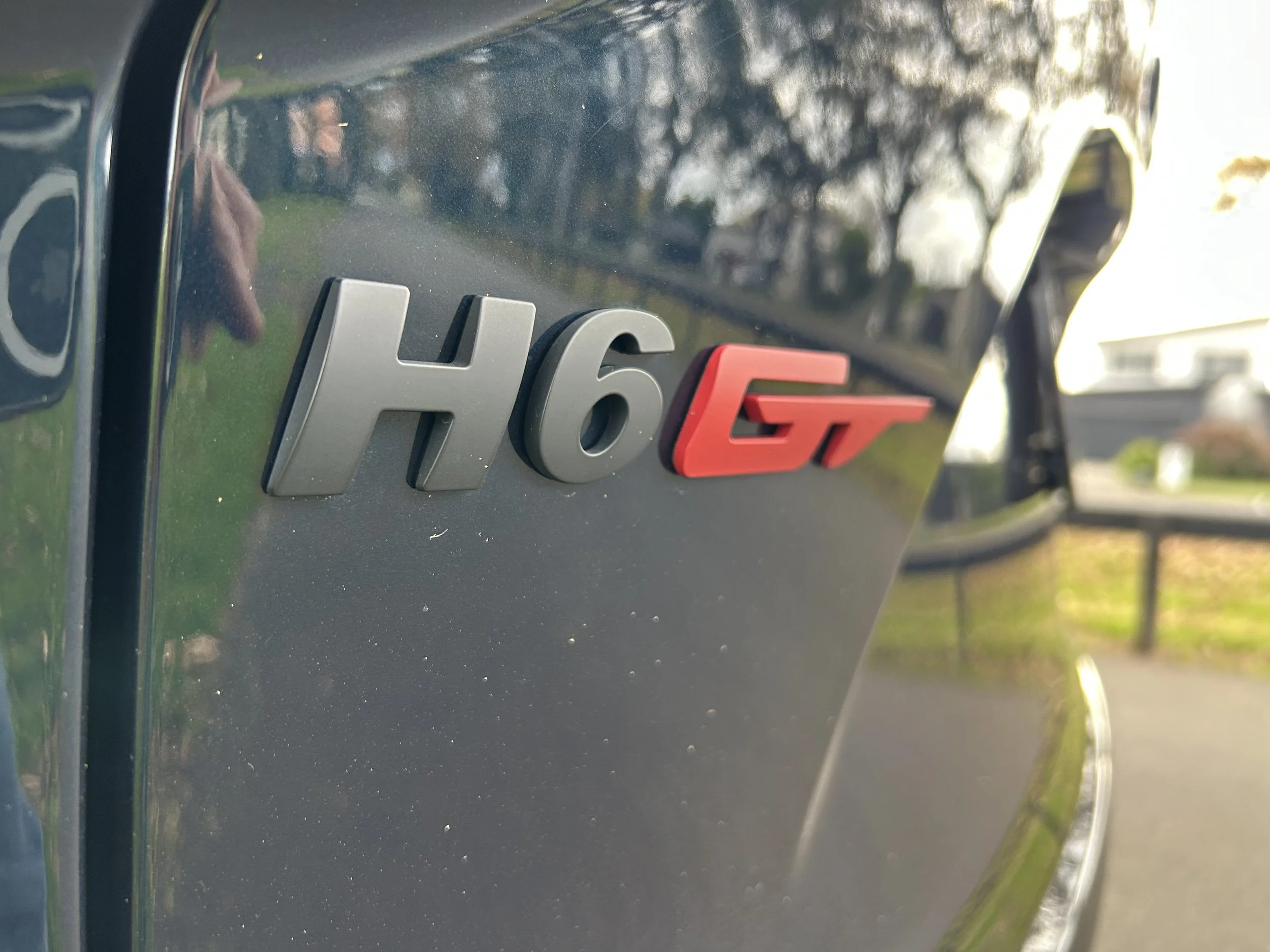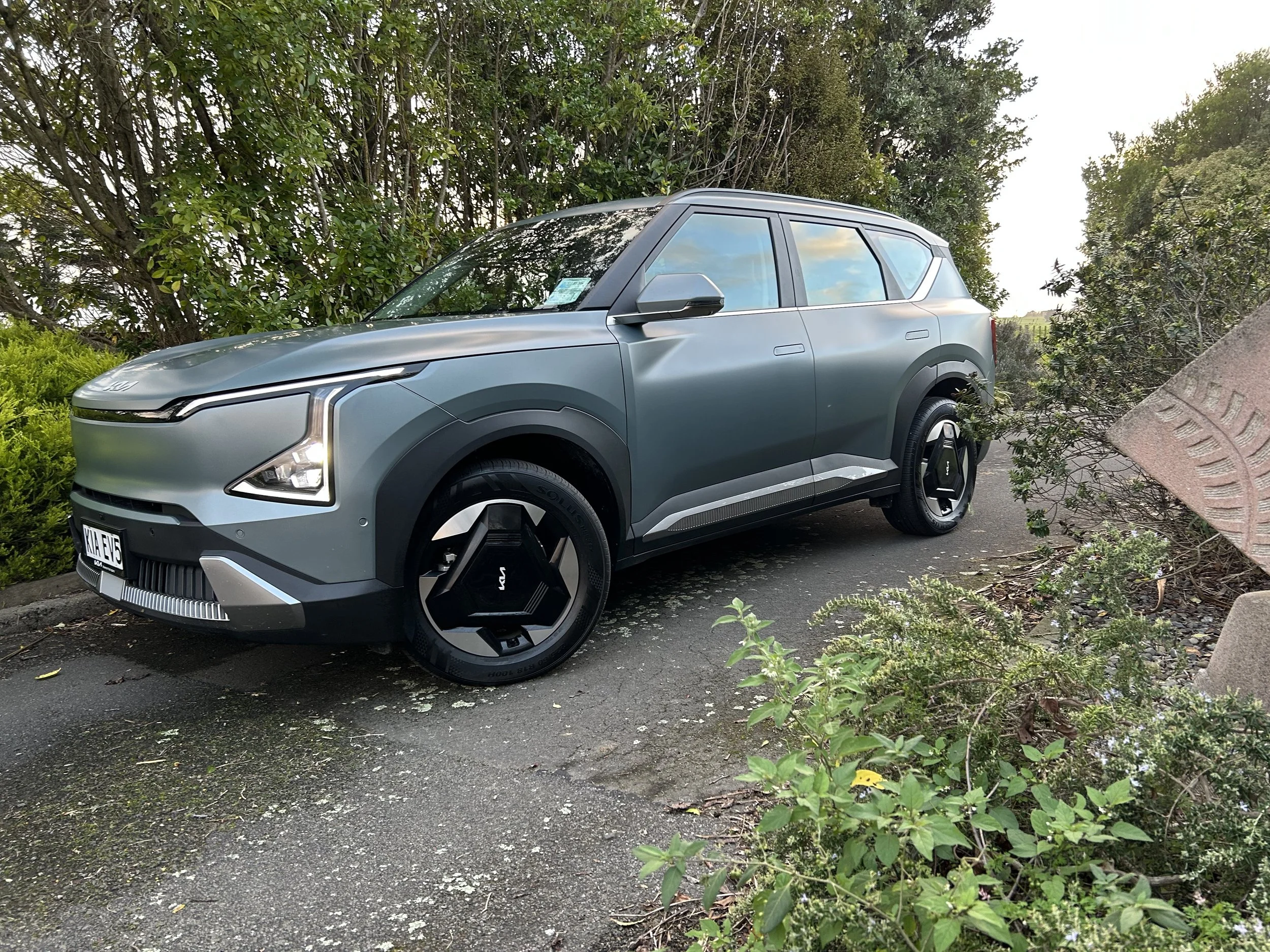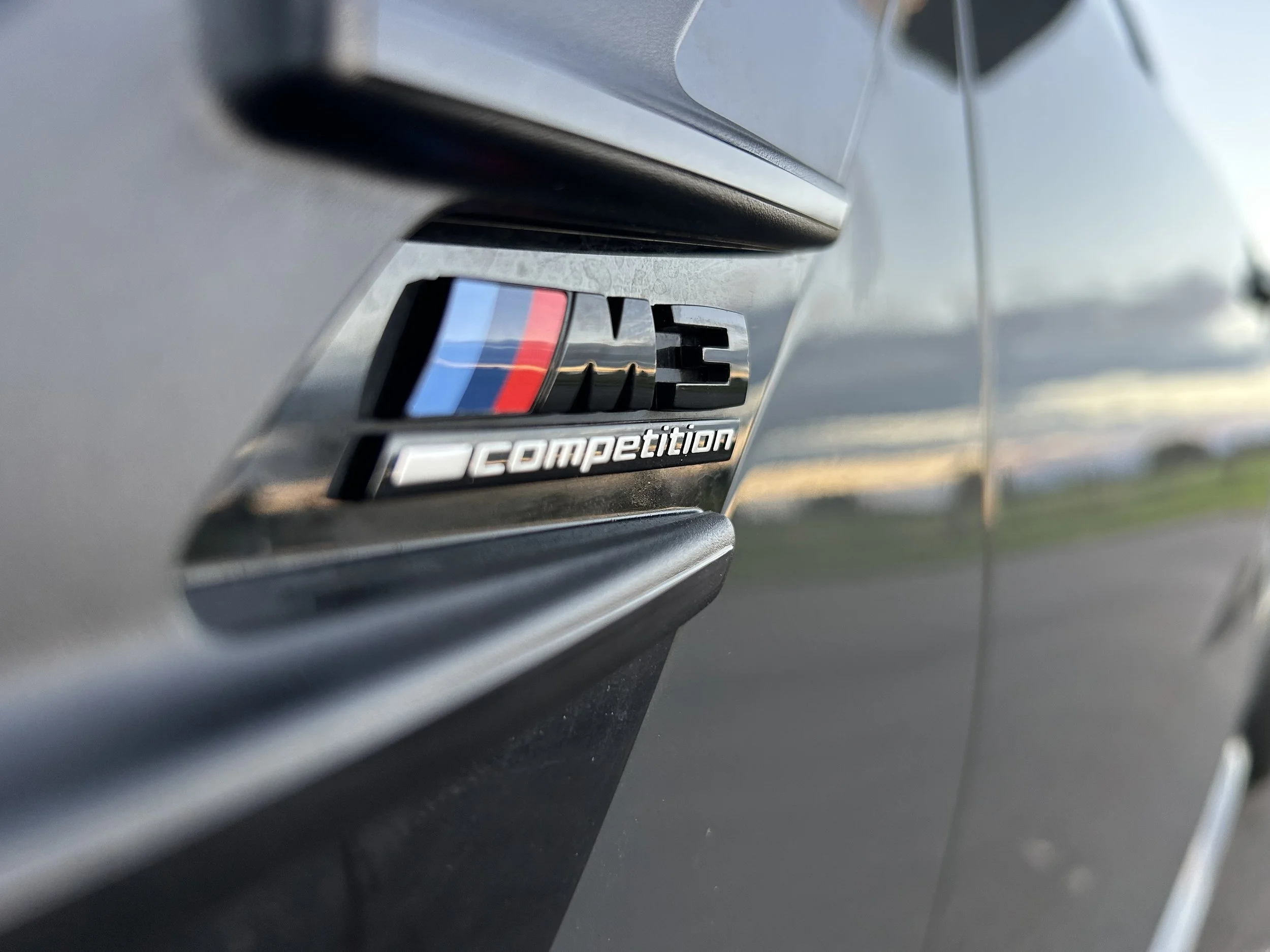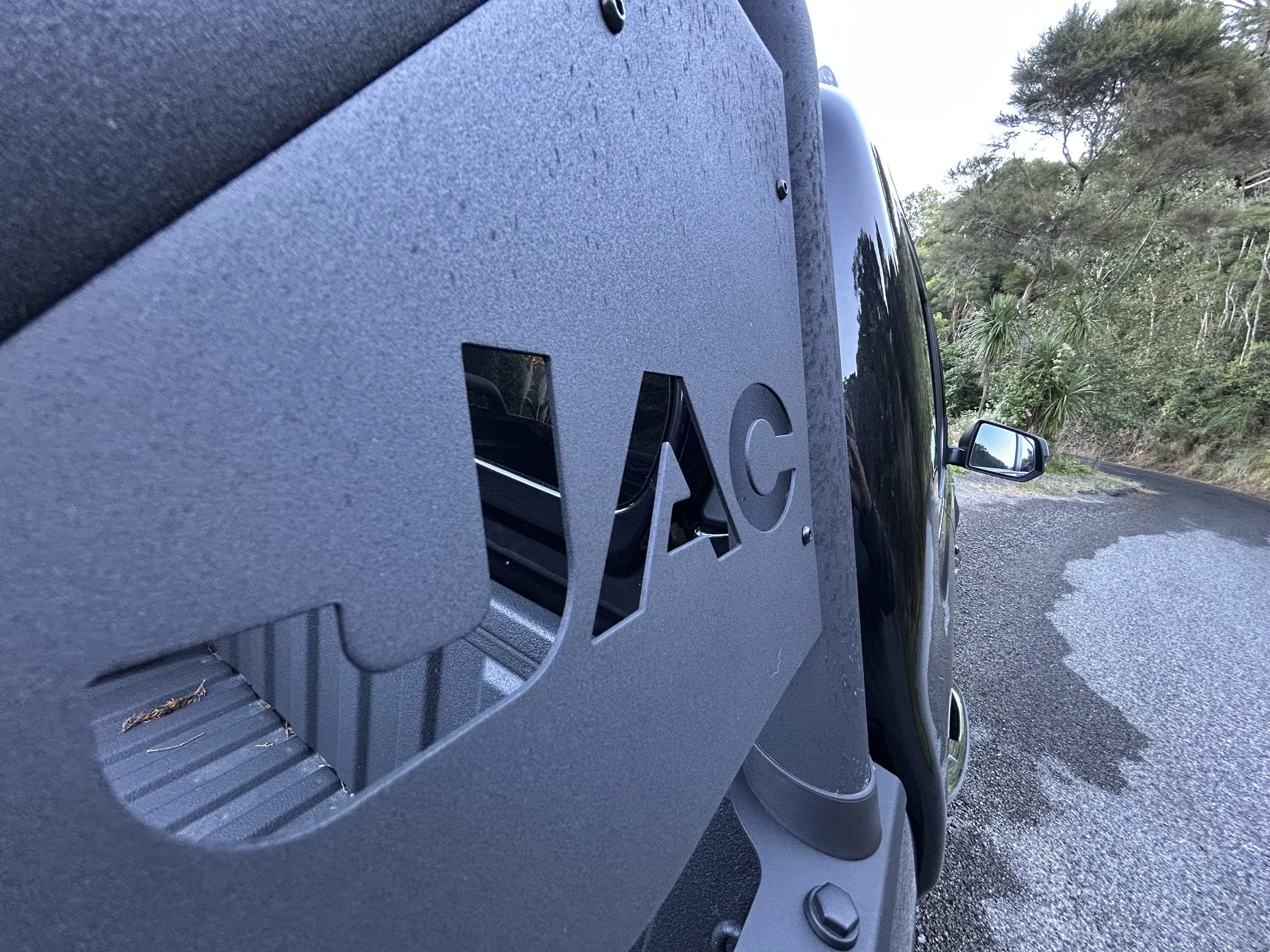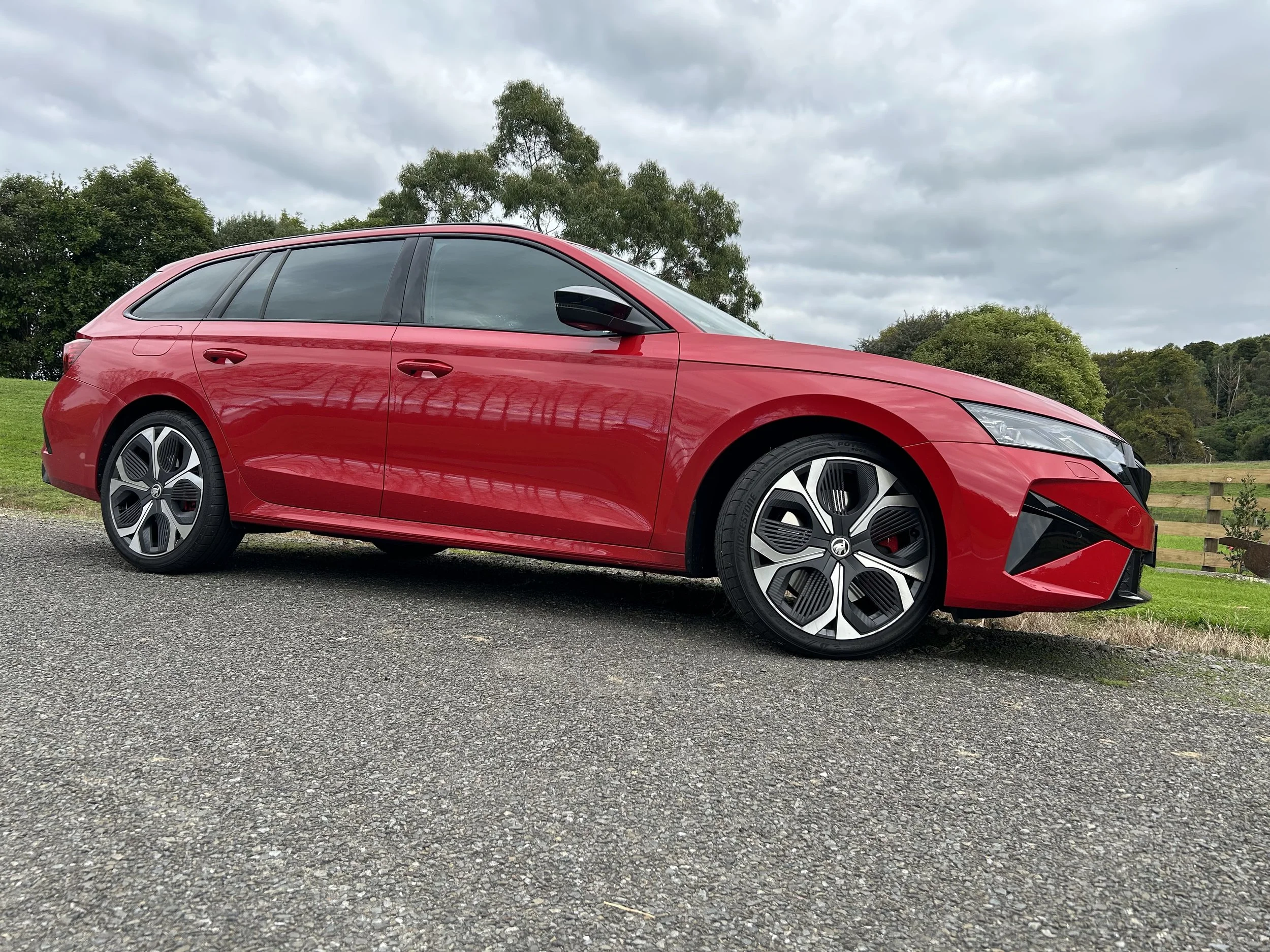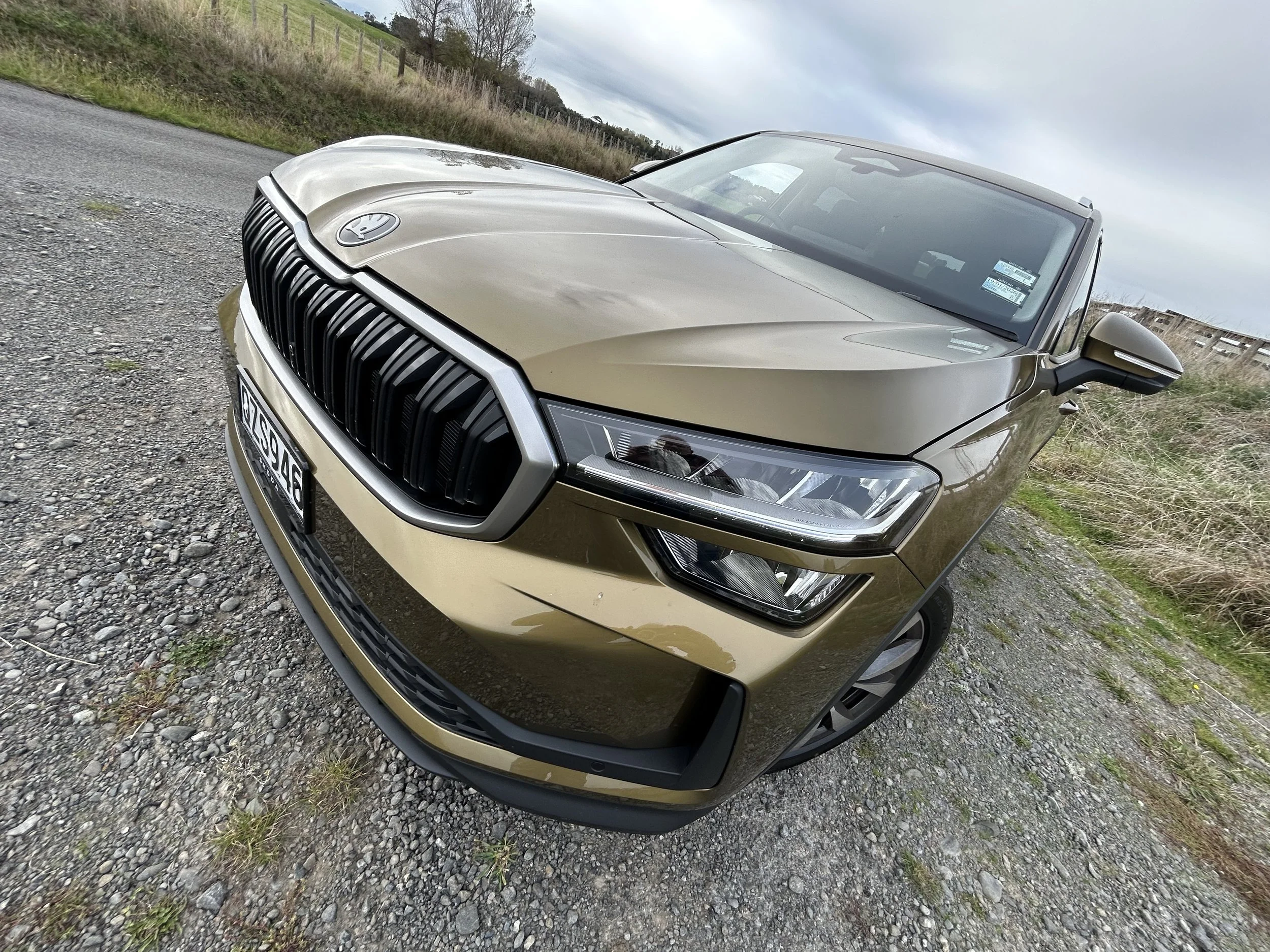New start EX90 lands as Volvo changes course
/Electric is still the Sino-Swede’s future … but with EV uptake losing ground, it now plans to keep making petrol cars for a bit longer.
UTTERLY vital in the long run, but not quite as crucial just at the moment as it seemed when first revealed, two years ago.
EX90 now being cited by Volvo as the all-electric alternative to the XC90 seven-seater says so much. When the big battery luxury bus was unveiled in 2022, it was being touted as an immediate successor to the petrol-reliant, albeit also fully hybrid, sports utility.
Now the old has been given a freshen up with intent to keep it in circulation for at least several more years. And targets for the all-new are …. well, who really knows?
In New Zealand, with the EV market down 74 percent year on year, there must be trepidation about setting any kind of figure. And as much as having something new and different is always good, likely as not there won’t be as much rush to even get it here, either, as there would have been in the days when electric was sparking up the market.
We’re not the only country showing decline, of course. Almost all EV markets are not looking as hot as they used to; even China, the place where electric update is not really a free choice - the brands and customers are driven by political mandate - is plateauing.
When holding its big international launch for EX90 in California last week Volvo took a little bit of buzz out of the occasion in announcing it has scrapped its target of going all electric by 2030, saying it now expects to still be offering some hybrid models in its line-up at that time.
The latest aim for at least 90 percent of cars sold by the end of the decade to be fully electric or plug-in hybrid models, while up to 10 percent will be mild hybrids, where electric power only supplements the combustion engine.
The company said its decision came in response to changing market conditions and customer demands.
“We are resolute in our belief that our future is electric,” chief executive Jim Rowan said.
“However, it is clear that the transition to electrification will not be linear, and customers and markets are moving at different speeds.”
Volvo NZ has not said a word post-conference in respect to local launch timing. It has previously indicated that it will take EX90 in its highest trims, with emphasis likely on the flagship Twin Motor Performance variant driven by media in the United States.
The model is a tour de force; incredible safety, autonomy and cutting-edge technology are headline elements, though in respect to the latter there might be disappointment it is realising without the groundbreaking lidar cruise control and accidence avoidance tech the make promised would be ready. Though the car has the design modifications for it, the system is still undergoing test; it’s been much trickier to fine-tune than expected. Tesla-acolytes can stop smirking; your less-talented ‘FSD’ is still a shocker after all these years, with some wondering if it will ever work properly.
Images suggesting EX90 is a really large car are deceptive. It’s 84mm longer and 41mm wider than the XC90, but 27mm lower and its wheelbase is only a single millimetre longer.
This translates into a spacious cabin with seating for up to seven. For some markets there will be four-seat, five-seat and six-seat variations, but only the seven-seat EX90 seems set to come to NZ. This offers huge flexibility in terms of configuration and the rear-most seats are said to be adult-friendly-ish.
Obviously, the amount of space for luggage depends on how many seats are in use. Volvo quotes a minimum of 324 litres behind the third row, though that’s only to the window line. Fill to the roof and it offers 384 litres. Fold down the rearmost row and the official volume increases to 669 litres, or a massive 1029 litres to the roof. It also has a frunk, with 80 litres’ capacity.
Attendees say the EX90’s cabin is one that exudes quality while demonstrating a chic minimalist design that’s very much in keeping with the company’s Scandinavian heritage, so birch wood inlays are involved. ‘Charcoal Nordico’ upholstery is standard, the ‘Tailored Wool Blend’ upholstery has been heralded as being nice, both aesthetically and how it feels to the touch.
The broad design thematic is exactly the same as already seen in the EX30. A 14.5-inch portrait touchscreen does away with the need for any physical buttons around the centre console, except for a single rotary controller that adjusts volume and media. The drive selector is located on the steering column.
The three-spoke steering wheel has physical buttons that also have a capacitive layer that detects when fingers initially touch them and prompts are displayed on the eight-inch instrument screen to help a user press the right button.
All three seats in that middle row are individual seats, so they can be set at different positions and Volvo’s usual touch of providing a built-in child seat for the centre seat in the second row. continues.
The official electric driving range is between 570 and 614 kilometres. The car has a energy recovery system with three settings, from a coasting mode when the car rolls freely, to an automatic setup where it determines when is best to recuperate energy back into the battery during deceleration. There’s also a one-pedal mode that has the strongest retardation and is most suitable for city and town driving.
When it comes to charging the EX90’s substantial 107kWh battery, it has facility for 250kW peak DC charging; Volvo citesc10 to 80 percent recharge in 30 minutes.
The Twin Motor Performance model has 385kW and 910Nm; comment from launch is that performance arrives in a smooth and consistent manner. For the most part, it uses the electric motor on the front axle before drawing on the rear axle’s motor - the more powerful of the two - as required. Drivers can also select the Performance mode from the lower section of the touchscreen, which keeps both motors active at all times and results in sharper acceleration, making the big Volvo feel more potent.


